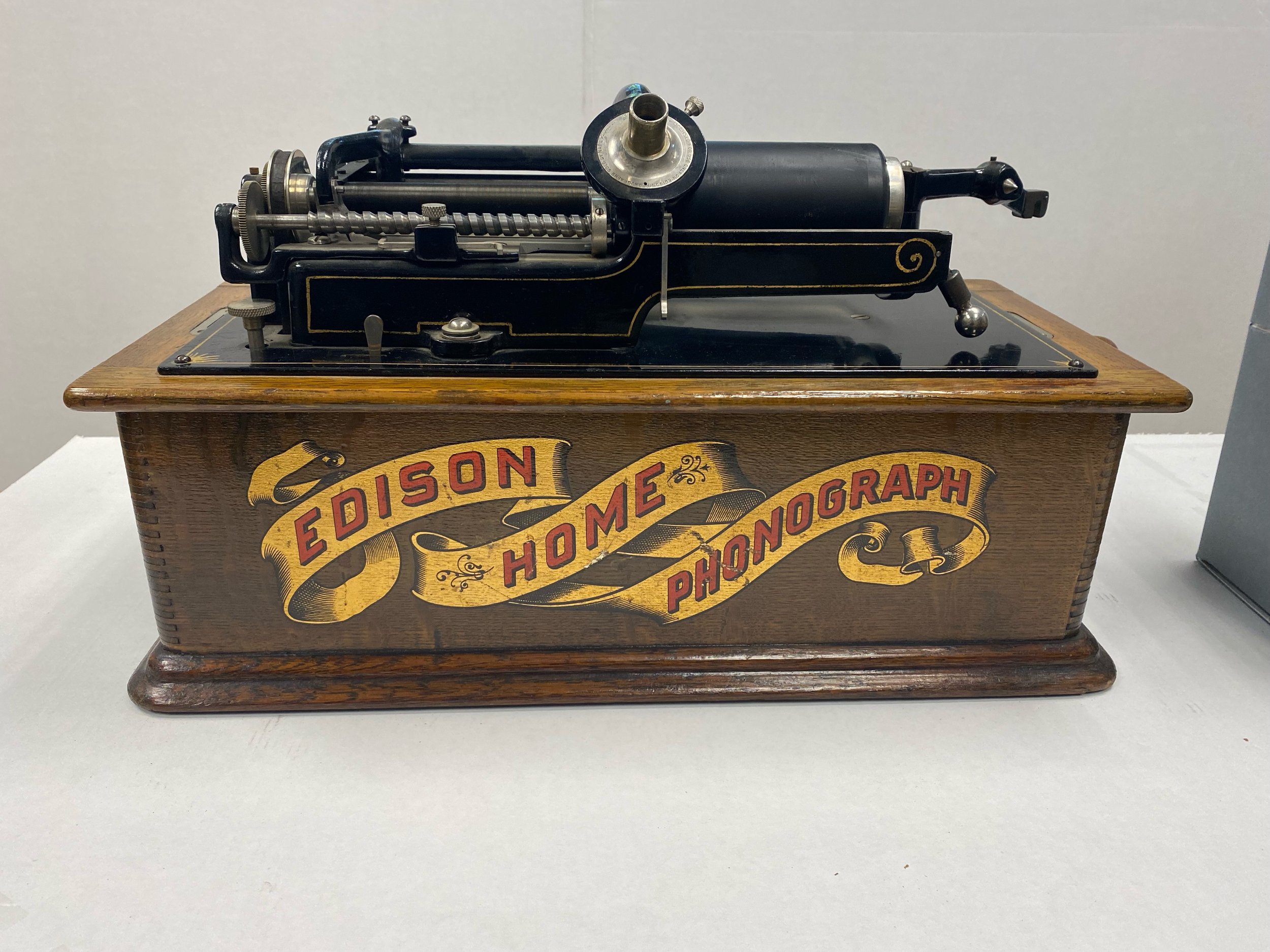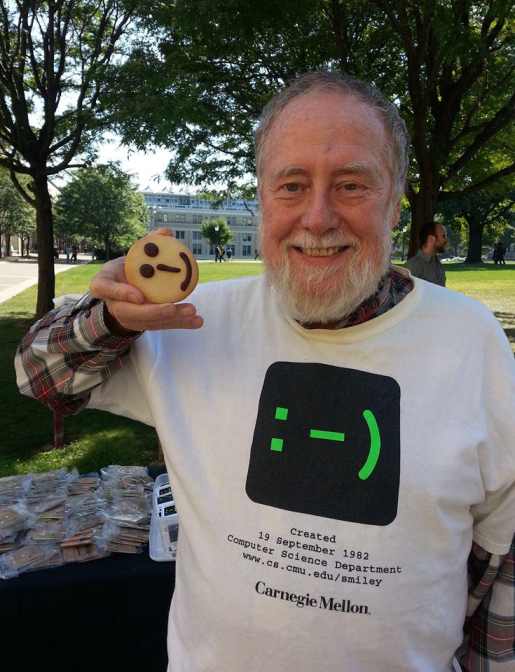The introduction of emoticons and emojis absolutely changed the whole scheme of online communication. They’ve revolutionized emotional expression on the internet, and have become staples of pop culture.
Emoticons were the first glimpse of imagery to represent words in an online environment. In chat rooms and other internet communication spaces, some people had a hard time distinguishing the mood of a message. Sarcasm and other more elaborate emotions were difficult to comprehend on a screen that was only filled with words. Misinterpretation of posts warranted unfitting responses, and sometimes even provoked arguments.
Scott E. Fahlman is credited as the first to use an emoticon in 1982 to help solve this common confusion in a chat room at Carnegie Mellon University. He used two emoticons, :-) and :-( to indicate whether a p
ost was meant to be humorous (with the smile) or serious (with the frown). The popularity of emoticons spread rapidly, taking the web by storm. It wasn’t very long before they evolved into the more present-day emoji.
Emojis are tiny pictures that have become a part of our texting and online chat keyboards. People can insert the tiny picture of a smile, laughing, crying, and more into any chat. The development of emojis originated in Japan, about ten years after the introduction of emoticons. SoftBank, a Japanese company, was the first to release a set of emojis on a mobile phone, consisting of ninety characters in 1997. The collection was mediocre due to its poor graphic quality. As a result, Docomo released a set in 1999, which had much better imagery.
The popularity of emojis grew very quickly in Japan, and knowledge about them spread quickly. The next goal was to spread them further around the world. Unicode was the company that took on this task, standardizing the emojis from Japan onto other technological devices supported by companies like Apple and Google. They brought on a set of 625 emojis to these large brands. This is when emojis really began to take off, and ultimately became a part of social culture around the world.
Due to their popularity, emojis had to constantly adjust to public demand and new trends. Unicode meets these needs by sending out frequent updates and additions to the emojis that are available. The updates have introduced new animals, plants, symbols, national flags, and diversified the representation of people as emojis. Currently, Animoji, Bitmoji, and GIFS are also ways that people expre
ss their emotions online, which have all evolved from emojis.
Although it may seem like everyone has loved the impact of the emoji, there are definitely some people who criticize their use in communicative spaces. Some say that the use of emojis and emoticons discourages the use of descriptive language in writing, and inhibits peoples’ ability to describe their feelings rather than show it. People also say that they reduce credibility in professional situations.
However, advocates for emojis appreciate their ability to show expression online and the creative lingo that comes from it. They’ve become an enjoyable type of communication that everyone can relate to and use. No wonder they’re such a staple of today’s culture.





/cloudfront-us-east-1.images.arcpublishing.com/gray/RZZTC3QNRRBEXOPZ6YNAAOF7M4.png)


